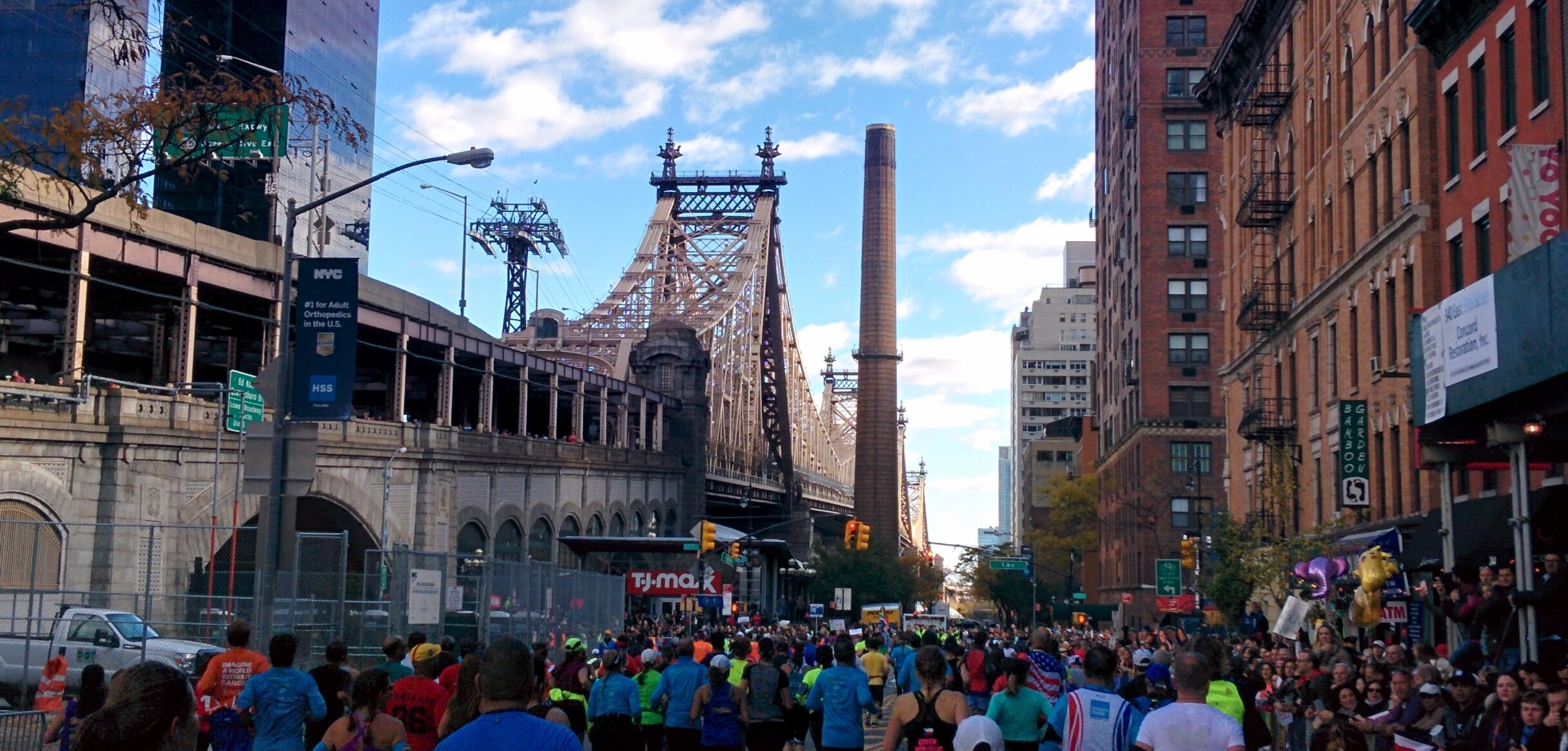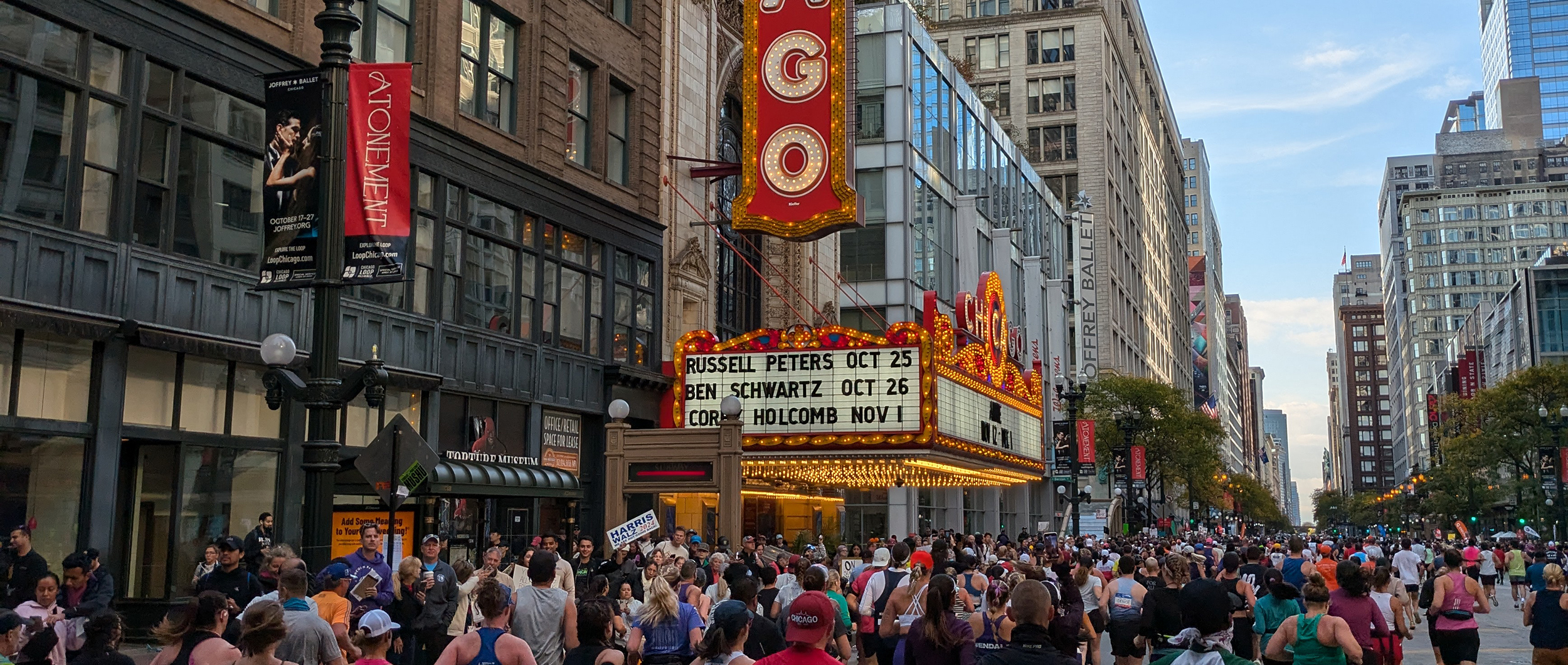News
NOW OFFERING RACE-SPECIFIC TRAINING PLANS!

You text a friend. You have your spouse refill your water bottle. You solve that day’s Wordle. You sit up without your hands on the handlebars while still pedaling. You set up a tablet on the treadmill to watch Netflix. You respond to an email on your phone. You grab your fuel from a table next to you. You watch YouTube videos while holding your phone on your bike.
Raise your hand if you’ve done any of these while training indoors on an indoor stationary bicycle trainer or a treadmill.
I think coaches have insight/intuition that is similar to parents; we know what you’re doing even if we’re not there watching you. ;) I can say with a high degree of certainty that at least 98% of you have - at some point in your time as an athlete - done or more of the things I listed above on an indoor workout. So have I! But beyond that: These things all have something else very important in common. They are behaviors you absolutely would not engage in if you were training outdoors or if it was race day - either because you won’t have access to what allows these behaviors indoors or because it’s completely, utterly unsafe to do the behavior outdoors.
Let’s be honest here: Indoor training is a five-star, all-inclusive resort and spa compared to the adversity of outdoors and compared to what you will ultimately face on race day. It may be hard to hear, but it’s true. You have a buffet of drinks and snacks in vessels that you don’t use outside. It’s temperature-controlled. You have access to distractions (phones, texting, emails, videos, music, children, family members, pets, etc.) that don’t help you train the mind for the boredom that is inevitably a part of endurance sports. You have devices that are doing the work for you (Erg Mode smart trainers that force you to hold a certain power and treadmill belts that keep you maintaining the same speed). You have quick and easy access to restroom facilities. You don’t have to plan routes. You don’t have to deal with weather or changing surface conditions.
All of this added up means that what you’re doing inside is actually self-sabotage in many ways; you are not specifically training the mind or the body for what it will encounter outdoors or in your goal event. This means that when you do go outside (either for training or on race day), it will feel harder than it needs to and you will decrease the probability of hitting your goal. “Nothing new on race day” does not apply just to gear; it applies to behaviors, too.
Every single year, I hear athletes lamenting how they feel and perform for that first series of workouts outside; many of them comment that they feel like they didn’t even train over the Winter. Honestly, in many ways, they didn’t. The training they did over the Winter lacked the specificity needed both practically and mentally for what they ultimately wanted to be doing and/or what is needed for their goal event.
A lot of age-group athletes I talk to cite some of the elite athletes who train primarily indoors as a counterpoint when I bring this up. Yes, there definitely are elite/professional athletes who do train primarily indoors. However, so many things are different for those athletes than for age-group athletes. To name a few (this is not an all-inclusive list):
Additionally, while it may seem odd or ironic, indoor training actually doesn’t lend itself to high-quality aerobic work, especially for age-group athletes. To get in quality aerobic work, you need to be riding or running at a low intensity for multiple(2-4) hours several (3-4) times per week, and that isn’t sustainable indoors. It’s simply too boring for the vast majority of athletes to do that type of work inside; rising or running aimlessly indoors at that frequency for those durations can (and usually does) lead to burnout and undue fatigue.
Indoor training is necessary for many athletes, especially over the Winter season. (In many ways, it’s a necessary evil.) Training indoors definitely falls into the “Something is Better Than Nothing Bucket” and it still lacks some of the specificity that is needed and beneficial. Both things are true simultaneously. In order to make indoor training tolerable, coaches around the world (including myself) have written workouts for the sole purpose of helping to break up the monotony of what indoor training is. It does help athletes get workouts in, and it isn’t as specific as is really needed. It’s important to acknowledge and understand this in order to manage expectations of indoor training and what it translates to in a practical way outside.
All is not lost; you can absolutely optimize the time you need to spend inside training. Set up your indoor training environment so it replicates outdoors as closely as possible. Here’s what this looks like in real, actionable terms:
Indoor training is a great addition to most athletes’ training. However, it’s important to be honest about what it really is and how you can best utilize this indoor training time to help you accomplish the goals you are seeking to achieve. Challenge yourself to make indoors replicate outdoors as much as possible, and see if you don’t feel the difference in your outdoor training and racing later this season.



































































































Have a question or ready to get your TRAINING started?
Fill out our Contact Form to the right and we will get back to you shortly!